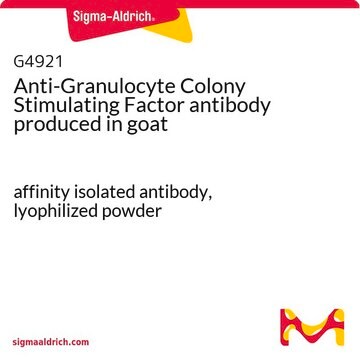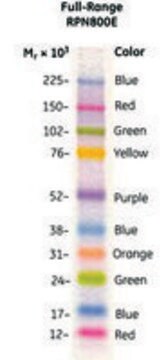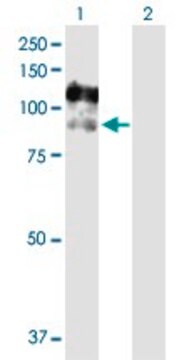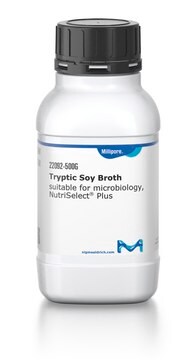G5421
Monoclonal Anti-Granulocyte Colony Stimulating Factor antibody produced in rat
clone 67604, purified immunoglobulin, lyophilized powder
Synonim(y):
Anti-Csf3, Anti-Csfg, Anti-G-CSF, Anti-MGI-IG
About This Item
Polecane produkty
pochodzenie biologiczne
rat
Poziom jakości
białko sprzężone
unconjugated
forma przeciwciała
purified immunoglobulin
rodzaj przeciwciała
primary antibodies
klon
67604, monoclonal
Formularz
lyophilized powder
reaktywność gatunkowa
mouse
metody
capture ELISA: 2-8 μg/mL
neutralization: suitable
western blot: 1-2 μg/mL
izotyp
IgG1
numer dostępu UniProt
temp. przechowywania
−20°C
informacje o genach
mouse ... Csf3(12985)
Powiązane kategorie
Opis ogólny
Przeciwciało monoklonalne przeciwko czynnikowi stymulującemu tworzenie kolonii granulocytów rozpoznaje mysi G-CSF. Przeciwciało wykazuje mniej niż 0,06% reaktywności krzyżowej z rekombinowanym ludzkim G-CSF.
Immunogen
Zastosowanie
Postać fizyczna
Oświadczenie o zrzeczeniu się odpowiedzialności
Nie możesz znaleźć właściwego produktu?
Wypróbuj nasz Narzędzie selektora produktów.
produkt powiązany
Kod klasy składowania
13 - Non Combustible Solids
Klasa zagrożenia wodnego (WGK)
WGK 1
Temperatura zapłonu (°F)
Not applicable
Temperatura zapłonu (°C)
Not applicable
Środki ochrony indywidualnej
Eyeshields, Gloves, type N95 (US)
Wybierz jedną z najnowszych wersji:
Certyfikaty analizy (CoA)
Nie widzisz odpowiedniej wersji?
Jeśli potrzebujesz konkretnej wersji, możesz wyszukać konkretny certyfikat według numeru partii lub serii.
Masz już ten produkt?
Dokumenty związane z niedawno zakupionymi produktami zostały zamieszczone w Bibliotece dokumentów.
Nasz zespół naukowców ma doświadczenie we wszystkich obszarach badań, w tym w naukach przyrodniczych, materiałoznawstwie, syntezie chemicznej, chromatografii, analityce i wielu innych dziedzinach.
Skontaktuj się z zespołem ds. pomocy technicznej








